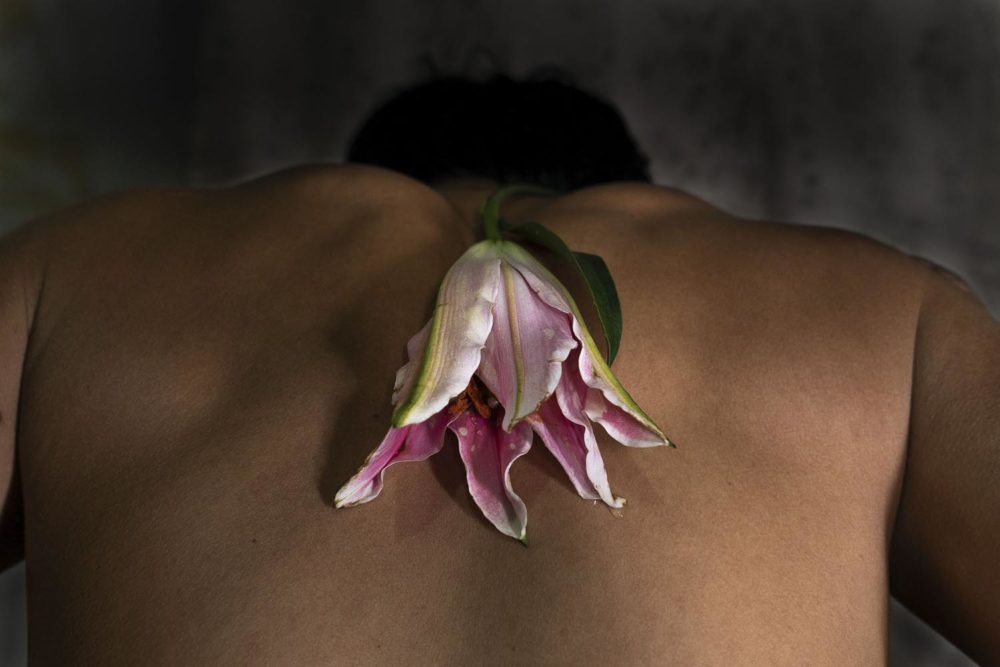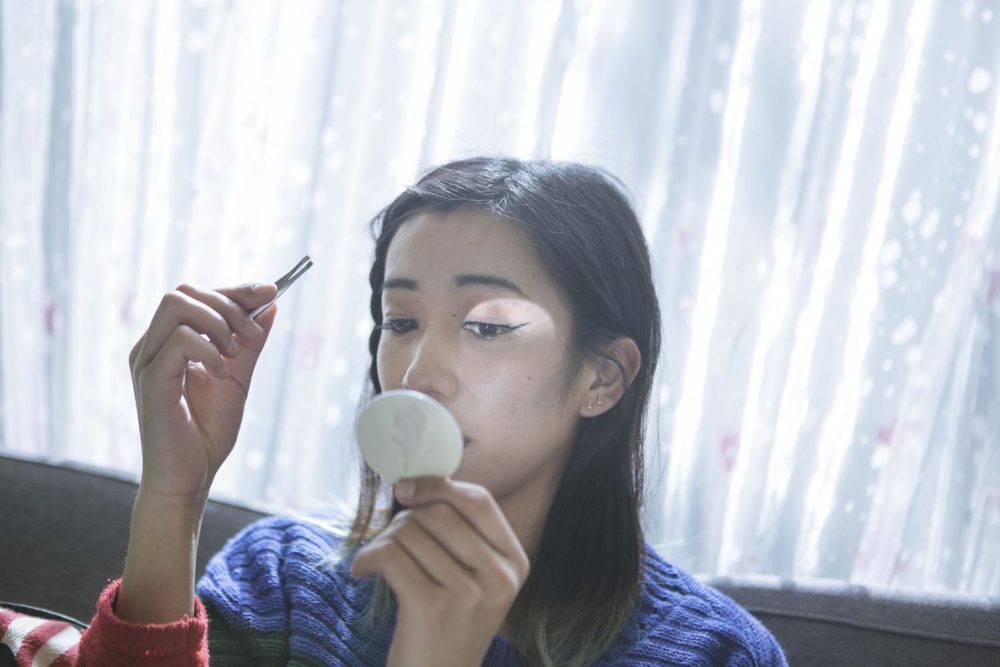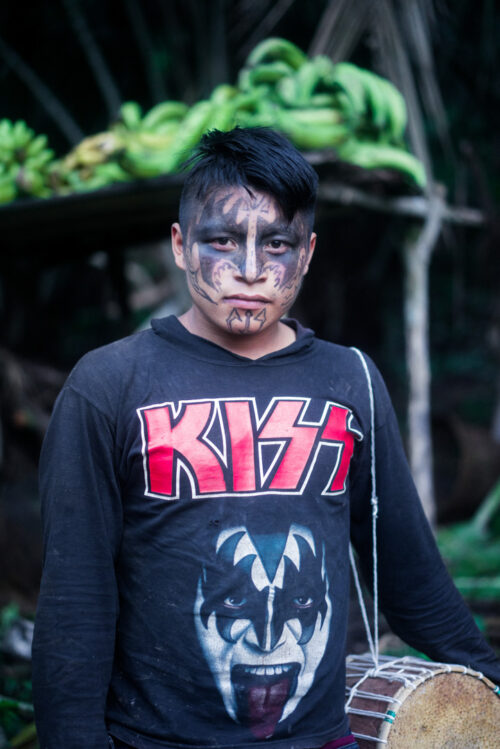Picture Series
Guligo Jia I'm Carmen
In China, members of the LGBTQ community enjoy their freedom despite prudish comrades and routine discrimination. Wealth, recent political decisions and, above all, the Internet make this possible. Around 70 million homosexual, bisexual and trans people live in China, making it the world’s largest LGBTQ community. However, only a few admit to their sexual identities, for tradition and binary gender thinking characterise life in China, particularly in rural areas. From 2016 until 2019, Guligo Jia accompanied her friends who for many years were unwilling to accept any gender label. Her photos depict moments of joy and grief, in intimacy and in the protection of a stage setting. The images reveal secret dreams and illustrate obvious problems. More than that, these pictures show people presenting themselves as they see themselves – with dignity and full of longing.
- Community
- Discrimination
- Everyday Life
- Identity

*1989 in Chongqing, China
Guligo Jia is a photographer and documentary film-maker. She currently lives in Beijing. Her journalistic work concentrates on the topics of gender, femininity, relationships and family. After completing her studies of Journalism at the Beijing Foreign Studies University, she worked in the multimedia area of a Chinese news agency. She is now a freelance journalist.






















